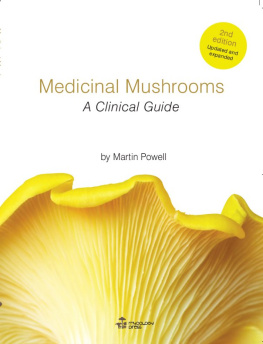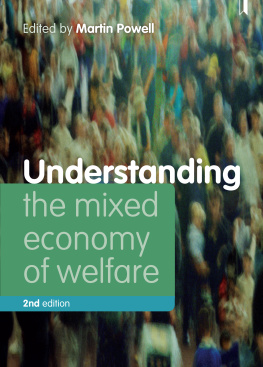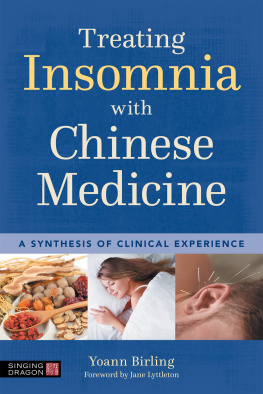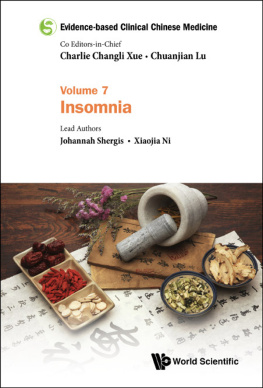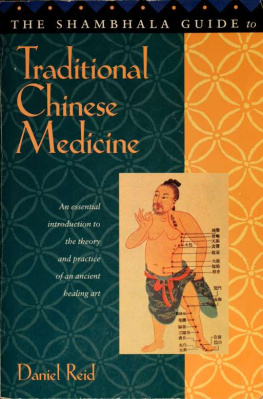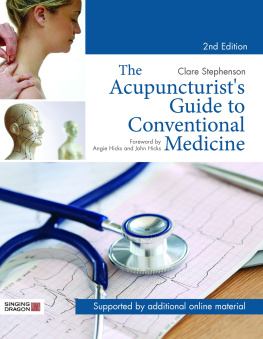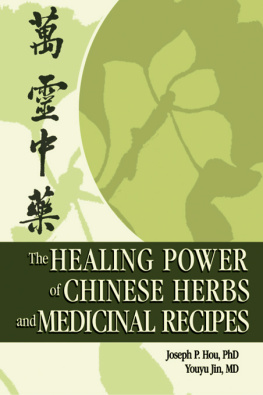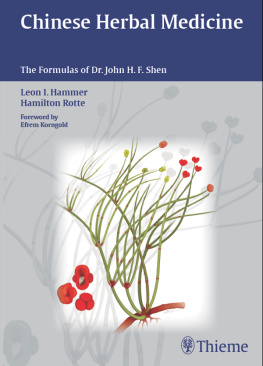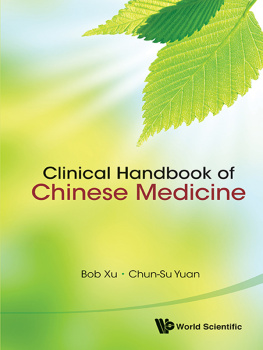Medicinal Mushrooms
A Clinical Guide
2nd Edition
Martin Powell

Copyright Martin Powell 2010, 2014
The right of Martin Powell to be identified as author of this work has been asserted in accordance with the Copyright, Designs and Patents Act 1988.
All rights reserved. No part of this book may be reproduced, stored in a retrieval system, or transmitted in any form or by any means, electronic, mechanical, photocopying, recording or otherwise, without the prior permission in writing of the publishers.
Published in the UK by Mycology Press, an imprint of Bamboo Publishing Ltd.
eBook ISBN: 978-0-9566898-3-2
First edition published 2010
ISBN 978-0-9566898-0-1
Second edition published 2014
ISBN 978-0-9566898-2-5
Book Design by Creative Co Ltd
95 Victoria Road, South Ascot, Berkshire SL5 9DR
Printed by Caric Press Ltd
525 Ringwood Road, Ferndown, Dorset BH22 9AQ
Printed on paper made from wood grown in sustainable forests
Contents
Preface
The use of medicinal mushrooms is one of the most exciting areas of natural health, offering significant therapeutic benefit, supported by a long history of traditional use and increasing scientific evidence. However, many questions remain to be addressed if it is to fulfil its potential.
In particular the lack of standardisation of mushroom products and lack of comparative clinical research remain significant obstacles to more widespread use.
Given the fact that research has to be paid for, it is perhaps inevitable that most is designed to show the widest range of activity, and therefore sales opportunities, for individual mushroom products, rather than provide the information that clinicians need to decide:
- Which is the best mushroom or combination of mushrooms for my patient?
- What is the best form to give it in - extract or whole mushroom - mycelia or fruiting body?
- What dosage is therapeutically effective?
This book sets out to address these questions and it is my hope that it will assist practitioners and patients alike by providing at least partial answers.
The variable quality of much of the available information, together with the lack of standardisation among mushroom products and the extensive overlap of functionality between different mushrooms, means that there will inevitably be room for differences of opinion regarding the answers to the above questions.
As well as suggesting answers, I have therefore given an overview of the research so that readers can evaluate it for themselves and draw their own conclusions.
In putting the book together I have tried at all times to maximise its usability. A Quick Reference section is included at the beginning with brief summaries of individual mushrooms main therapeutic application(s) and active constituents, and of the mushroom(s) commonly used for specific conditions, with suggested dosage formats.
In addition to the quick reference section, the book is divided into four parts:
- Introduction to medicinal mushrooms and mushroom products
- Individual monographs on the therapeutic potential of the major medicinal mushrooms
- Discussion of the use of medicinal mushrooms in cancer treatment
- Survey of the clinical application of medicinal mushrooms for other clinical conditions
There is also an appendix on the energetics of mushrooms in traditional Chinese medicine (TCM) for those practitioners trained in this approach.
Additional Comments on the Second Edition
Although it is only four years since the first edition was published, those four years have seen considerable advances in our understanding of medicinal mushrooms and their therapeutic value making a second edition timely.
As well as updating the information contained in the book in the light of recent research and expanding areas where feedback has indicated that a more detailed treatment was required I have included discussion of the use of mushrooms in several new conditions. I have also added two additional mushrooms and expanded the sections on others to more fully reflect their clinical use.
Acknowledgements
Despite my training as a TCM practitioner, my early attitude to mushrooms was very much shaped by my parents warning on walks in the forest: Dont touch the mushrooms and I would like to thank Michael Hsieh of Double Crane Enterprises, Taiwan for first introducing me to the therapeutic possibilities of mushrooms and starting me down the road to embracing them.
Many people have helped in the preparation of this book but I would especially like to thank my wife and family for their patient support and tolerance during its preparation, Gao Yufeng for her help with Chinese translation, Professor Godfrey Chan of The University of Hong Kong for his generous permission to use the images on pages 14 and 15, Well Shine Biotechnology (Antrodia camphorata), Umberto Pascali (Armillariamellea), Gerhard Schuster (Polyporus umbellatus) and Dr Frankie Chan (Phellinus linteus) for permission to use their mushroom images and Peter Deadman of the Journal of Chinese Medicine and Jo Dunbar for their suggestions on making the text more accessible.
Lastly I would like to thank the many practitioners who encouraged me in my efforts and to whom this book is dedicated.
A Note on Mushroom Names
Mushroom nomenclature is a complex area with alternative names in use for some medicinal mushrooms and others open to possible future review1. Although some mushrooms are more commonly referred to by alternative names (ie. Reishi for Ganoderma lucidum), I have decided for the sake of consistency to use the Latin name of each species.
Where alternative Latin names are in use for a given mushroom I have opted for the name used in the International Journal of Medicinal Mushrooms, except in the case of Agaricus subrufescens where this name is now considered correct in preference to the earlier names Agaricus brasiliensis and Agaricus blazei, and have noted alternative names where appropriate.
Martin Powell, Eastbourne
September 2014
Disclaimer
This book is intended for use by qualified healthcare practitioners. The information it contains is presented for educational use only and is not meant to be used, nor should it be used, to diagnose or treat any medical condition. Anyone who is experiencing any symptoms, has been diagnosed with or suspects they may have a medical condition should contact a medical doctor or other appropriately qualified health professional. The reader should not assume that because an adverse reaction or interaction is not mentioned in this book the use of any given medicinal mushroom is always safe. If you suspect you could be experiencing an adverse reaction from a mushroom or a combination of mushroom(s) and drugs, you should immediately consult an appropriately qualified health professional. Likewise, you should always inform your healthcare provider of any supplements you may be taking. Both the author and publisher accept neither liability nor responsibility to any person with respect to loss, injury or damage caused, or alleged to be caused, directly or indirectly by the information contained in this book.
Quick Reference Mushrooms
As well as indicating the key areas of clinical use for each mushroom I have suggested preferable dosage form(s) as consideration of this area is important for maximising clinical efficacy. Further discussion of dosage forms can be found in Understanding Mushroom Products (pages 29-31).

